The progress sharing and review meeting of the r4d project on ‘Challenges of Municipal Solid Waste Management: Learning from Post-crisis Governance initiatives in South Asia’ took off on a cold winter morning in Kathmandu, Nepal on Tuesday, January 07, 2020.
The workshop began with identifying the objectives and aspirations of each participant present at the workshop.
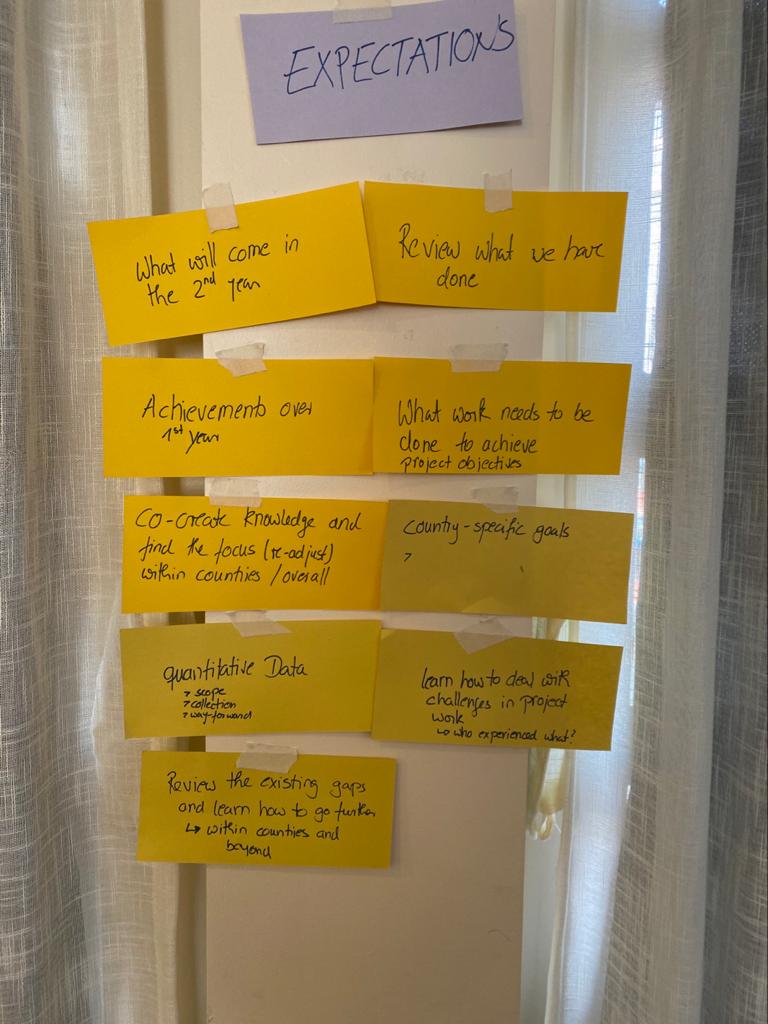
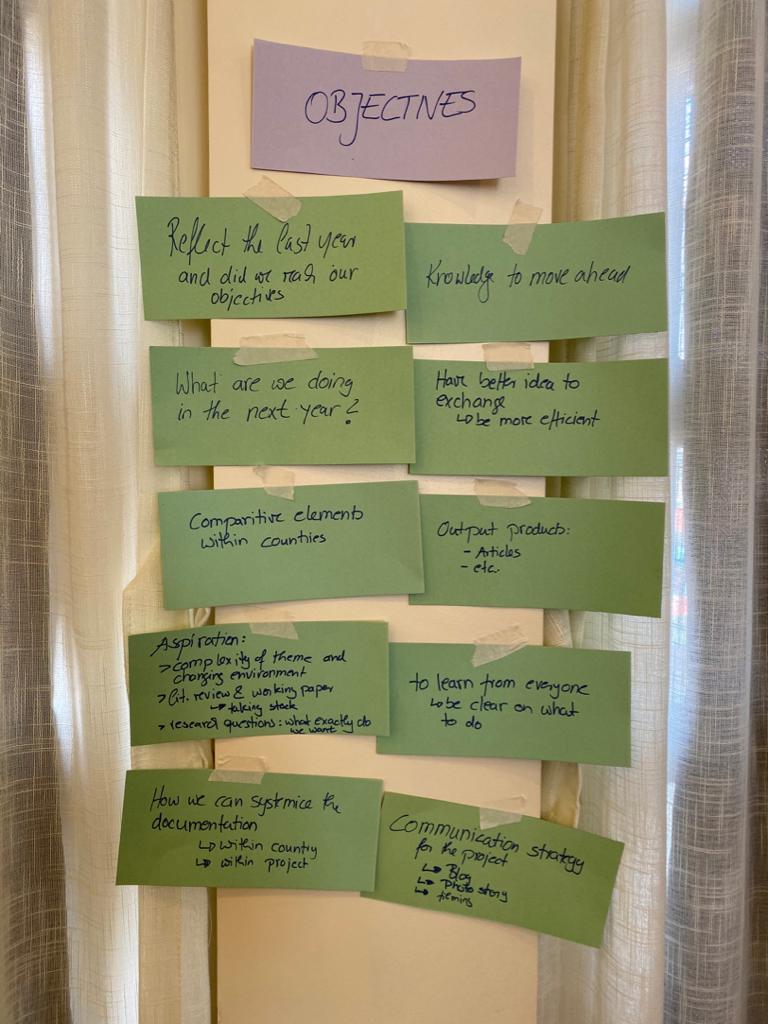
The team also identified a few problems and issues that had arisen over the past few months. A few common problems that came up during the discussion included:
- The conflicts between different government tiers and (negative) relationships/rapport among individuals in higher government officials including mayors/commissioners etc that affect the permissions and information required by the research teams, as in the case of the University of Colombo in Sri Lanka. This goes on when exploring the tensions between the local municipalities and the local people as seen in the 18 municipalities in Kathmandu. It was identified that the period following an election of a new government, there is always a new challenge in co-ordinating and introducing the concept to these governments. Team lead René Véron, identified during the discussion that while the institutional architecture in all countries is different, the complexities that overlap in a mostly three/four-tier system are similar when taking into context the different levels of involvement.
- The gap in communication between all project partners in sharing knowledge and information.
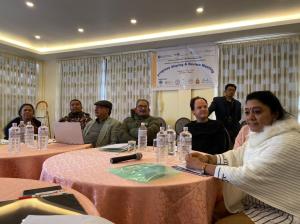
The workshop content of day 01 included the discussion of the institutional architecture and the waste chain. Here are a few of the areas of discussion that the three project countries highlighted during their presentations.
Nepal
With approximately 70,000-80,000 MT of waste generated annually, one of the main problems in Kathmandu’s waste management is the lack of segregated waste at the source (household/workplace etc) and the task is not made easier as Kathmandu Metropolitan City (KMC) are also falling short in their financial, technical and managerial capacities. Currently, the waste from KMC is taken to three sites located in Kirtipur, Teku and Sisdole.
The evolution of the Valley’s waste management wasn’t always as complicated. In the 1980s with the support of GIZ, a Solid Waste Management and Resource Mobilisation Centre was established and was responsible for the waste in the municipalities of Kathmandu Valley, Kathmandu, Patan and Bhaktapur. However, due to rapid development as well as the termination of the project with GIZ, waste management in KMC slowly began to fall apart.
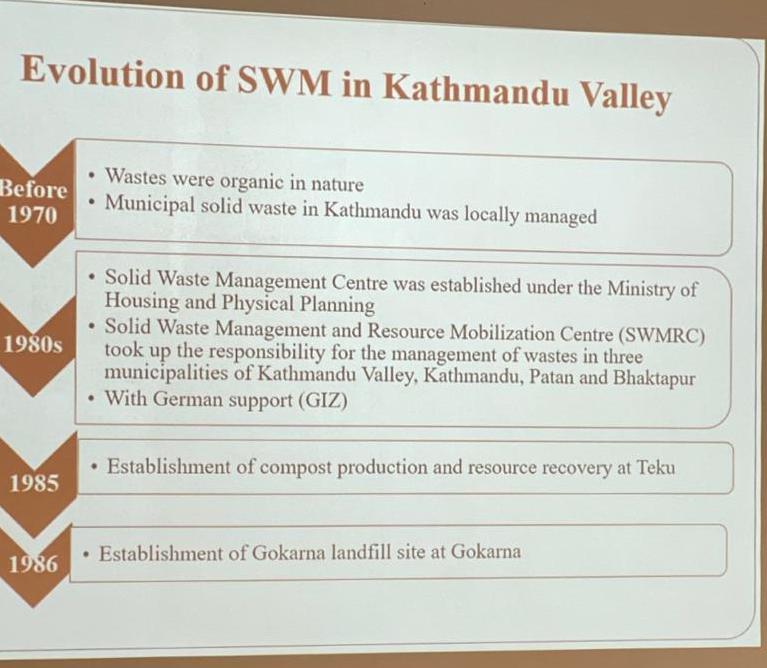
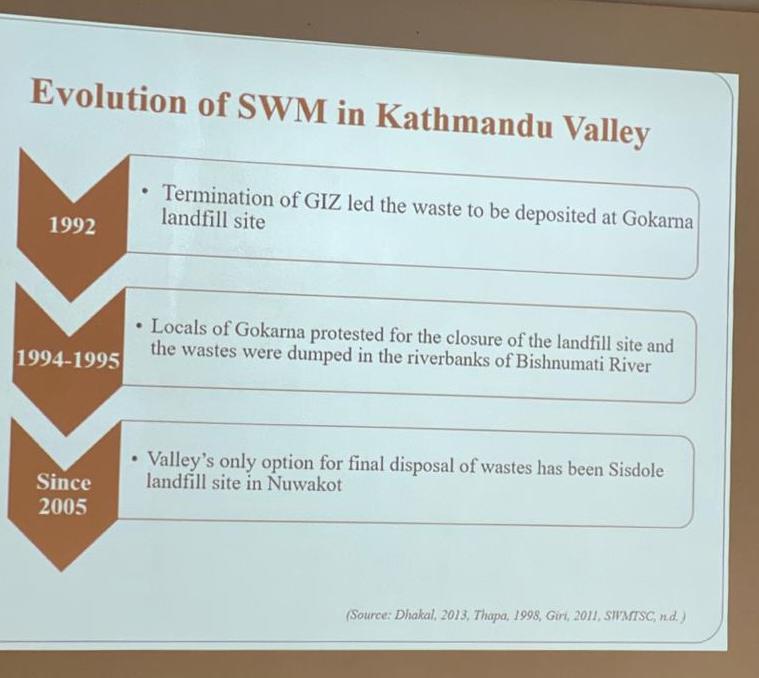
Following the April 2015 Nepal earthquake that killed nearly 9,000 people and injured nearly 22,000, mostly from Nepal, Article 51 (G) of the Constitution of Nepal mentioned disaster risk management in the country that also elaborated on post-disaster waste management as well (see slide below).
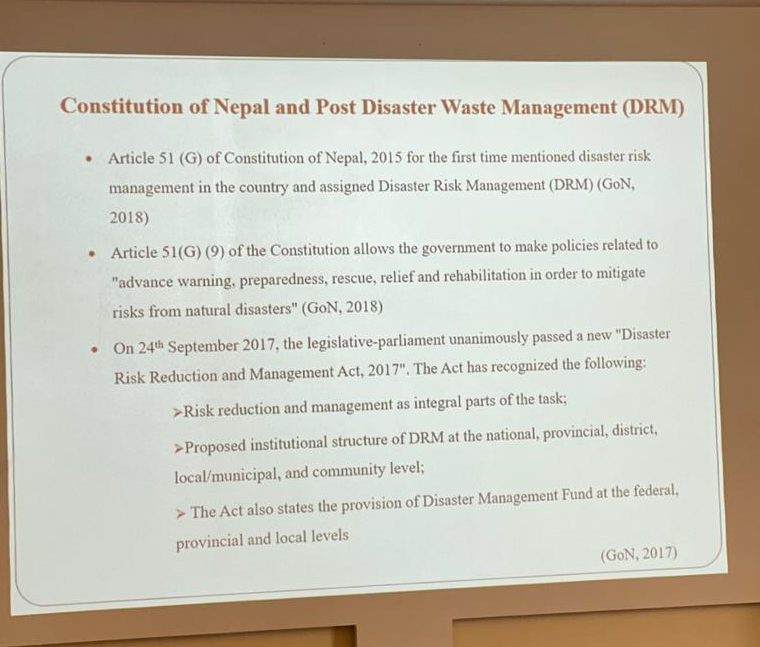
Sri Lanka
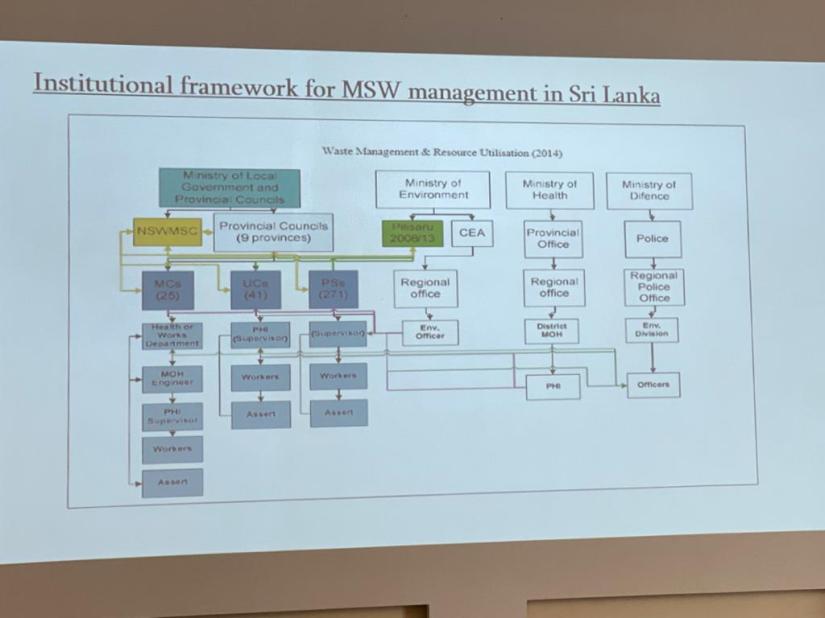
In Sri Lanka, the University of Colombo conducted its research in the Dehiwela – Mount Lavinia Municipal Council and the Boralesgamuwa Urban Council, that has 29 and 10 wards respectively. Following the Meethotamulla disaster in 2017, where 32 persons died, 08 went missing and 145 houses damaged due to a landslide caused by garbage piling, every municipality made it mandatory for waste to be segregated into degradable and non-degradable by the type of waste.
Currently, the waste composition of the Dehwela – Mount Lavinia Municipal Council is 48% of non-degradable waste and 52% of degradable waste. Moreover, 42% of the total waste is segregated at the household level in 2019, which is a significant increase from 2015 where the waste segregation was just 0.5%. The municipality is the second-largest in the country with 543 labourers employed for waste collection.
India
The project focus area will only be in Thiruvananthapuram, Kerala.
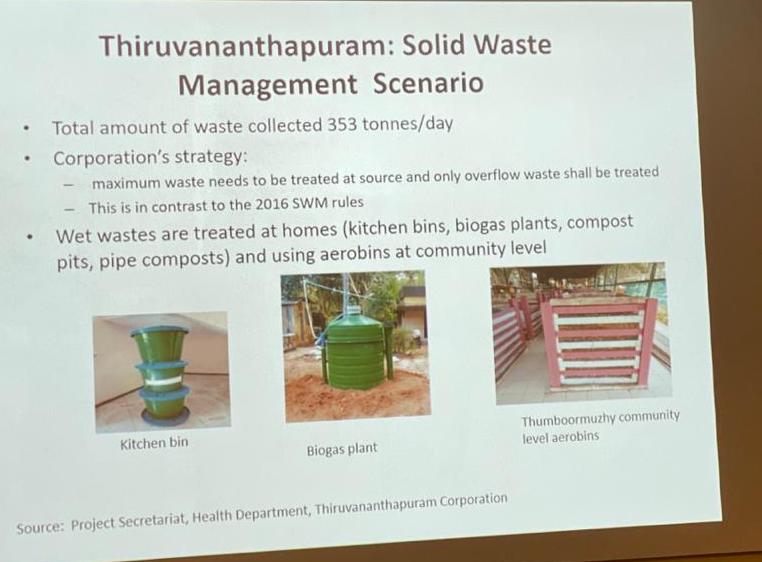
At present, Thiruvananthapuram collects 353 MT of waste a day and the wet waste is being treated at the household level through kitchen bins, biogas plants, compost pits and aerobins at the community level.
The following slides will briefly explain how waste was managed in the past until the crisis in 2012 that took place with the Vilappisala plant shutdown.

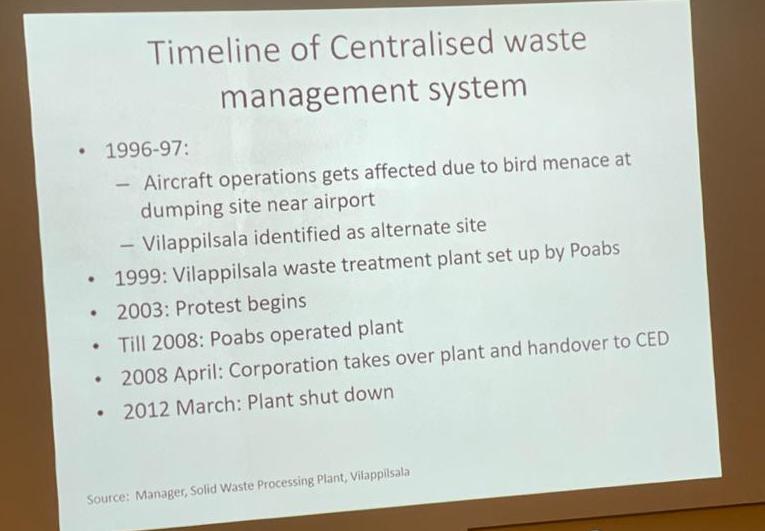
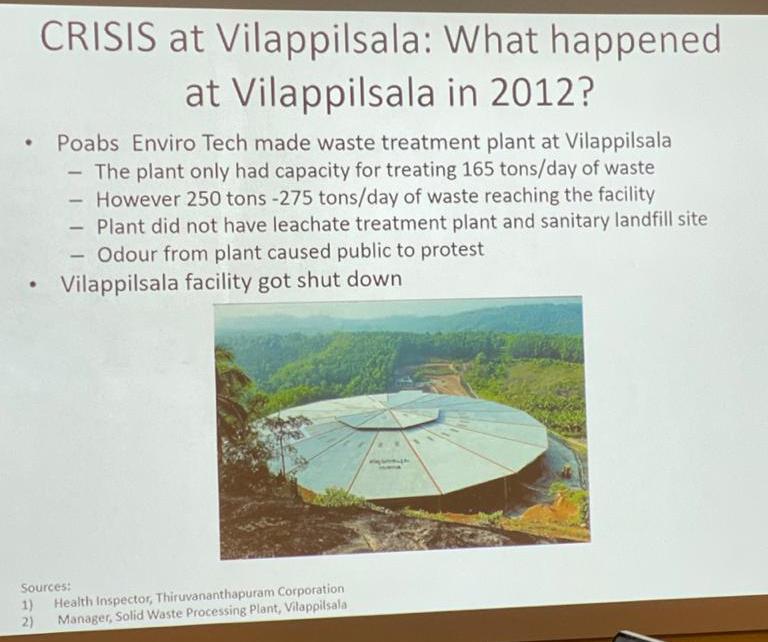
After the crisis, chaos took place and the public began throwing waste onto the streets until Thiruvananthapuram Municipal Corporation (or Corporation), began looking into innovative means including composting, the introduction of pipe composts etc. However, through trial and error, the Corporation took a few years to arrive at solutions that seemed both sustainable and feasible. The following slides briefly explain the initiatives taken by the Corporation.
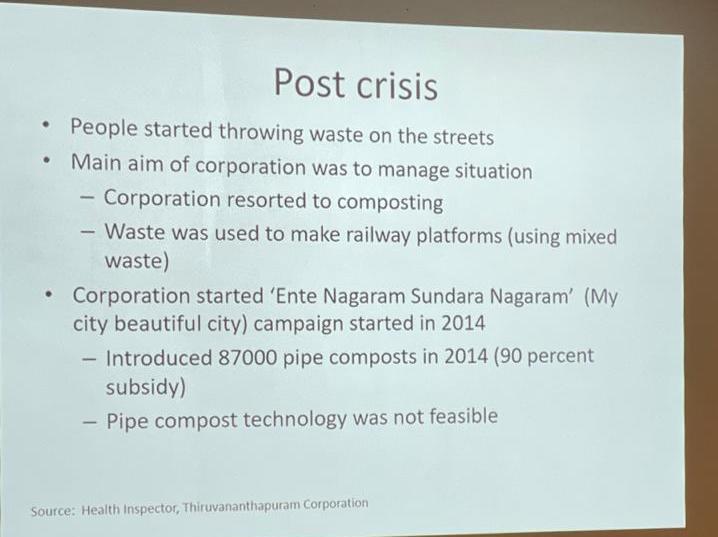
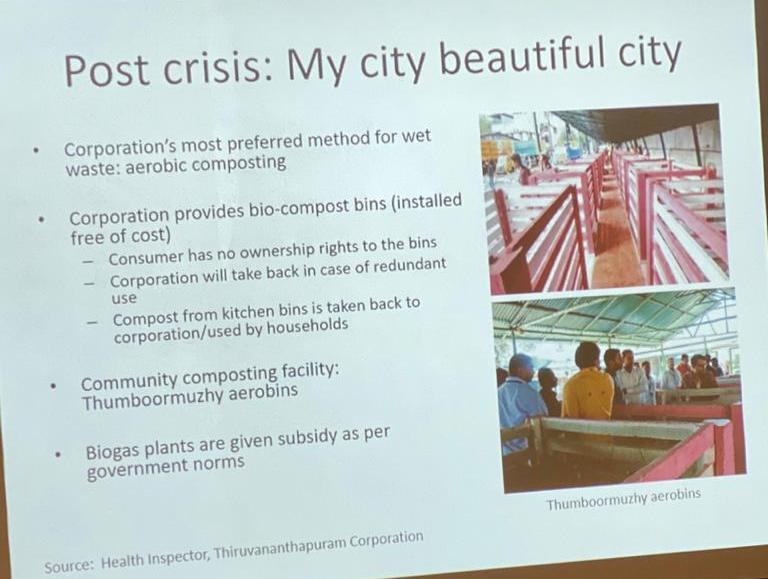
Moreover, it was also able to, through its learnings limit door-to-door collection, dumping of waste in designated dumping plants and pipe composting to more long-term, sustainable and innovative waste management systems for its bio-degradable waste.
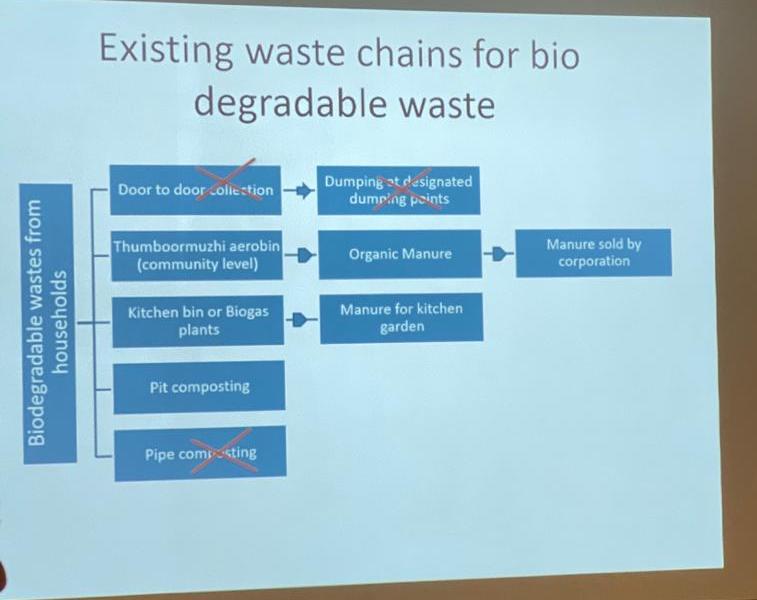
The Corporation also has separate schemes in place for electronic waste, leather goods and medicinal waste especially, unused/expired medication.
The teams from India, both Centre for Environment and Development and IIT Bombay, also took some time to explain the complex architecture at different levels including the central government, state government, civil society and the market.
Story and pictures by: Senashia Ekanayake

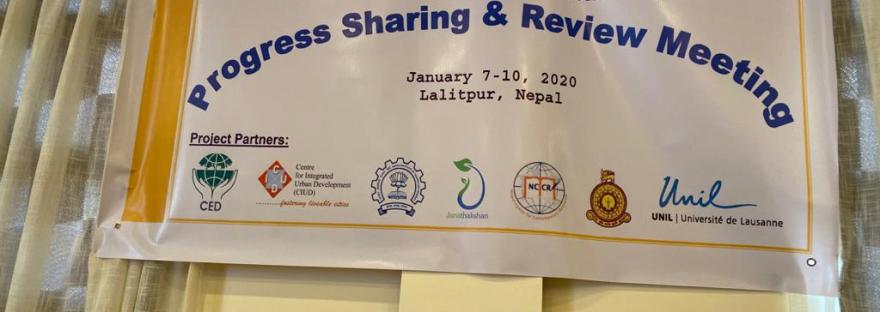
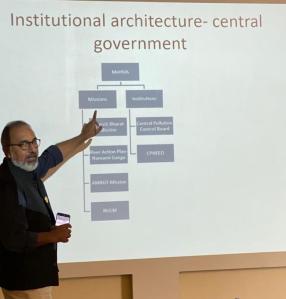
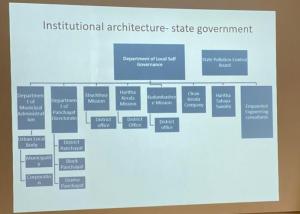
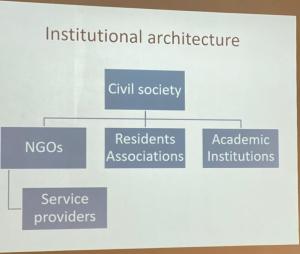
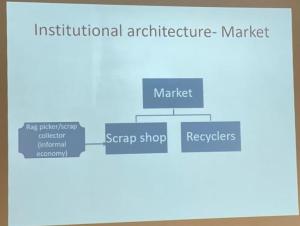
1 thought on “Progress and Review Meeting: Institutional Architecture and Waste Chain”